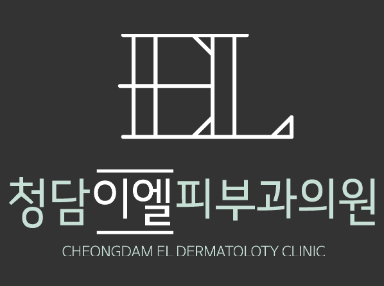Ultherapy vs Thermage in Korea
Ultherapy vs Thermage in Korea: A Full Comparison
Non-surgical facial lifting and tightening treatments are extremely popular in Korea. Two of the most established options are Ultherapy and Thermage. While both aim to firm, lift, and rejuvenate skin, they differ in technology, depth, sensation, results and suitability. Understanding their differences helps you choose the right treatment for your skin condition and goals.
What is Ultherapy?
Ultherapy uses micro-focused ultrasound energy to deliver heat into deeper layers of the skin, including the SMAS (Superficial Musculoaponeurotic System) layer beneath the fat.
In Korea, many clinics emphasise its ability to lift jawlines, necks, brows and define contours by stimulating collagen deep underneath.
Important key points:
- Targets deep structural layers for lift & contour
- Results build gradually over 2-3 months as collagen remodels
- Slightly more discomfort because energy is deeper
- Good for sagging, loss of definition, jawline/neck issues
What is Thermage?
Thermage uses radio-frequency (RF) energy to heat the dermal and sub-dermal layers of skin, stimulating collagen contraction and regeneration.
In Korea it’s often used for overall skin tightening, improving texture, firmness, and mild sagging rather than dramatic lift.
Key points:
- Targets the dermis and just below for tightening & smoothing
- Generally more comfortable (with newer models such as Thermage FLX)
- Quick sessions, minimal downtime, subtle but consistent results
- Best for early sagging, improving skin tone, fine laxity
Key Differences: How to Choose
Depth & Target Zone
- Ultherapy penetrates deeply including the SMAS layer, making it strong for lift and definition.
- Thermage works more superficially in the dermal/sub-dermal layers, suited to firming, texture improvement.
Sensation & Comfort
- Thermage tends to feel more comfortable: warm pulses with vibration/cooling in newer models.
- Ultherapy may feel sharper or more intense especially in bony or thin areas; pre-numbing is often used.
Downtime & Results Timeline
- Both have minimal downtime: you can usually return to normal activities quickly.
- Thermage results often visible earlier (tightening effect) and improve over ~6-12 weeks.
- Ultherapy lift builds over ~2-3 months, final results seen around ~3-6 months.
Best Candidate & Goal
- Choose Thermage if your concerns are mild sagging, crepey skin, early laxity, texture issues.
- Choose Ultherapy if you have more noticeable sagging, want jawline/neck lift, want more defined contour.
- Many Korean clinics recommend combination treatments for optimal effect: Ultherapy for lift + Thermage for tightening.
Cost & Duration
- In Korea, prices vary by clinic, treated area, device generation, shots. Example: Ultherapy may cost slightly more due to deeper energy delivery.
- Both treatments tend to require repeat sessions annually or every ~12-18 months depending on skin condition and lifestyle.
Which One Should You Choose?
- If you are in your 30s-40s with early signs of sagging or want general tightening → start with Thermage.
- If you are in your 40s-50s and have visible drooping, jawline loss, neck laxity → Ultherapy may be more appropriate.
- If your budget and schedule allow – and you want a strong result – a combination plan (Ultherapy + Thermage) can be ideal.
- Always check: the clinic’s device version (Ultherapy genuine, Thermage FLX newer model), number of shots, mapping for your face, doctor’s experience.
Final Takeaway
In the Korea aesthetic market:
- Ultherapy = deeper lift, contouring, jawline/neck focus
- Thermage = surface tightening, firmness, texture improvement
- Neither requires surgery or major downtime, but expectations should be realistic: non-surgical results will not exactly replicate a facelift.
- The best outcome comes from matching your anatomy + aging pattern + treatment goal with the right device + skilled operator.




